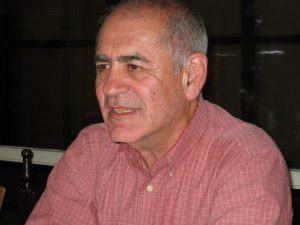A very nice new book “Carl Adam Petri: Ideas, Personality, Impact“, edited by Wolfgang Reisig and Grzegorz Rozenberg, has just been published by Springer:
https://link.springer.com/book/10.1007/978-3-319-96154-5
Newcastle professors, Brian Randell, Maciej Koutny and myself contributed articles for it.
An important aspect of those and other authors’ articles is that they mostly talk about WHY certain models and methods related to Petri nets have been investigated rather than describing the formalisms themselves. Basically, some 30-40 years of history are laid out on 4-5 pages of text and pictures.
My paper “Living Lattices” provides a personal view of how Petri’s research inspired my own research, including comments on related topics such as lattices, Muller diagrams, complexity, concurrency, and persistence.
The chapter can be downloaded from here:
https://link.springer.com/chapter/10.1007/978-3-319-96154-5_28
There is also an interesting chapter by Jordi Cortadella “From Nets to Circuits and from Circuits to Nets”, which reviews the impact of Petri nets in one of the domains in which they have played a predominant role: asynchronous circuits. Jordi also discusses challenges and topics of interest for the future. This chapter can be downloaded from here:
https://link.springer.com/chapter/10.1007/978-3-319-96154-5_27

